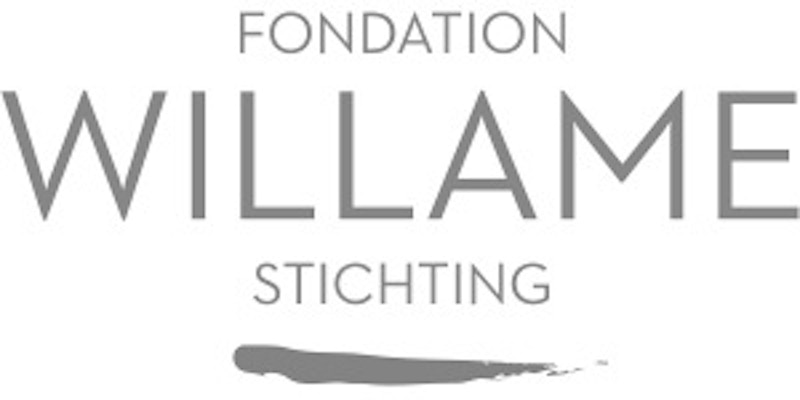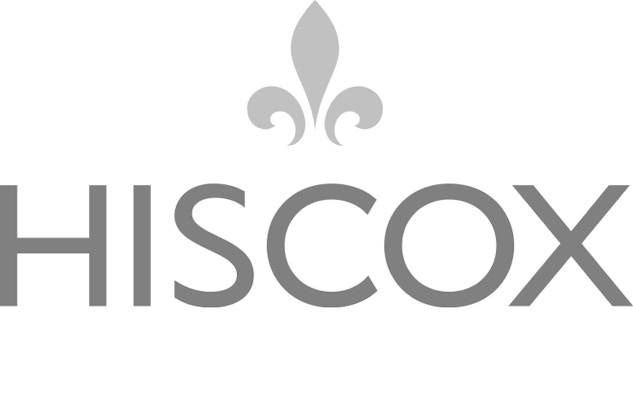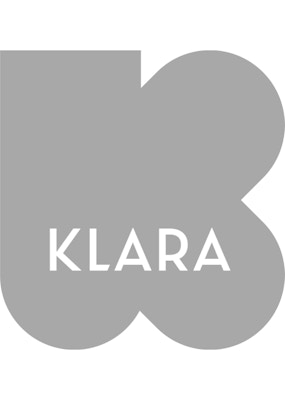Hans-Peter Feldmann
Hans-Peter Feldmann is known for his fundamental contribution to (post)conceptual art. He was a huge influence on a younger generation of artists and photographers, such as Wolfgang Tillmans and Thomas Demand. He prefers not to be described as an artist. In the things that he makes, Feldmann aims to detach art from the genius of the artist. He consistently flouts conventions: e.g., he neither signs nor dates his work and he refuses to number editions.
In the post-war Germany in which Feldmann grew up, pictures were scarce. As a child he was entranced by the images on stamps and in books, which he would cut out and stick into other volumes. This scarcity prompted him to collect predominately photographic images. In the 1950s, Feldmann was rejected by the Düsseldorf academy. He subsequently studied chemistry but later took an art course in Austria. The tutoring of Joseph Beuys in Düsseldorf and the city’s status as one of the most important breeding grounds for contemporary art did not, however, prevent Feldmann from moving away.
Feldmann primarily concentrated on photography. In the meantime, Pop Art and its German variant –‘Capitalist Realism’ – had taught the public to accept mass media images as a subject and material for art. Between 1968 and 1975, Feldmann published stapled-together notebooks: self-made, cheaply assembled and in editions (numbers unknown). These contained his own photographs and found prints, which he collated into themes without acknowledging the sources. In so doing, he implicitly championed the absolute equivalence of the images. Moreover, Feldmann also assembled photo series: seventy photos of an unknown woman’s clothes, or images of banal events such as the passage of a ship. He exhibited his finds in a business-like and objective way, leaving the assignation of meaning to the viewer.
Feldmann opened an antiques shop in Düsseldorf in 1975. Five years later, he left the art world altogether. He destroyed or gave away all the ‘art’ that was still in his possession. He saw the shop as an excellent opportunity to free himself from having to make a living from his art. Kaspar König reintroduced Feldmann to the art world in 1989. Today, his shop is exhibited in Munich as the installation ‘Laden 1975-2015’, where it is seen amongst installations by Joseph Beuys, Ilya Kabakov and Anna Oppermann. Feldmann was (re)discovered as an appropriation artist before the term even existed.
In the late 1990s, Feldmann published ‘Die Toten 1967-1993’, a collection of uncaptioned media portraits of the deceased victims and perpetrators of the violence between the Rote Armee Fraktion (Red Army Faction) and West Germany. In 2008, he showed the front pages of over 100 international newspapers that appeared on 12 September 2001, the day after the attacks on the Twin Towers. Feldmann won the prestigious Hugo Boss Prize in 2010. The award netted him $100,000 and an exhibition in New York’s Guggenheim Museum, where he papered the walls with 100,000 individual dollar bills.
Feldmann records, collects, orders and exhibits. No more, no less. In so doing, he does not confine himself to photographic images. He also appropriates paintings by others. In the wake of Marcel Duchamp, who furnished the ‘Mona Lisa’ with a moustache, he bought paintings at auctions, removed the signatures and added humorous interventions. He did something similar with famous sculptures. For example, he painted plaster copies of Michelangelo’s ‘David’ pink and varnished their toenails red. Feldmann remove art from its pedestal and treats it as equivalent to handicraft and kitsch.















